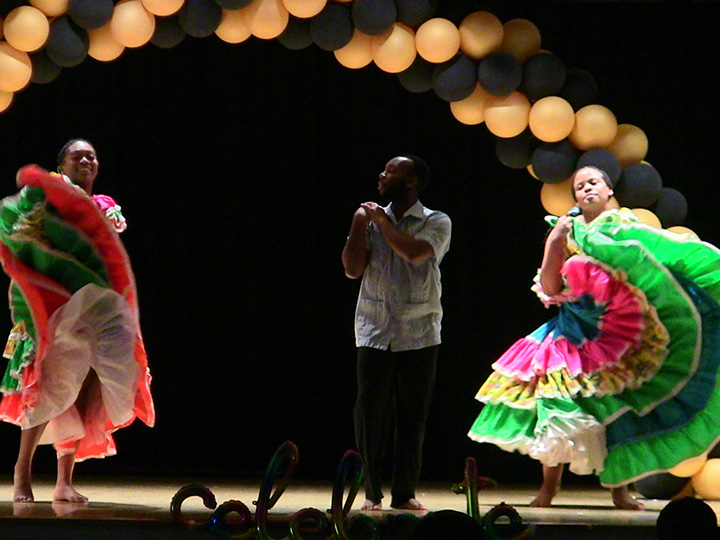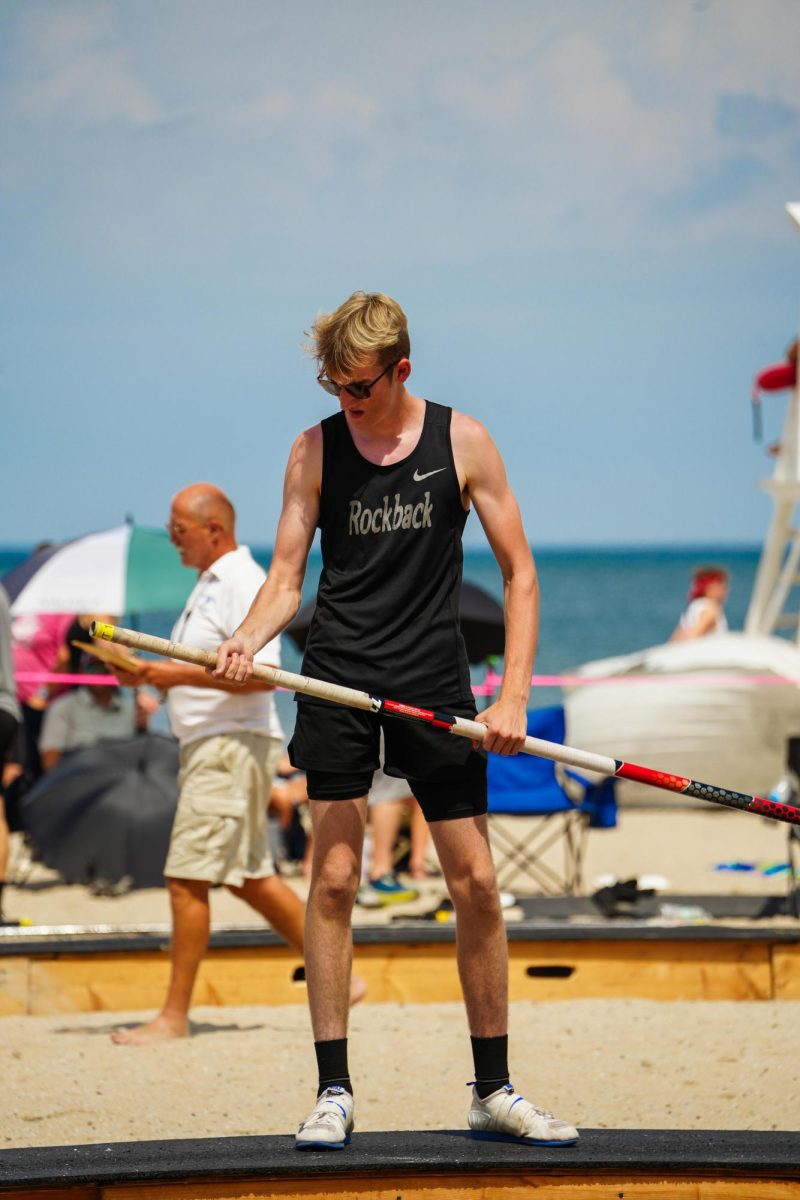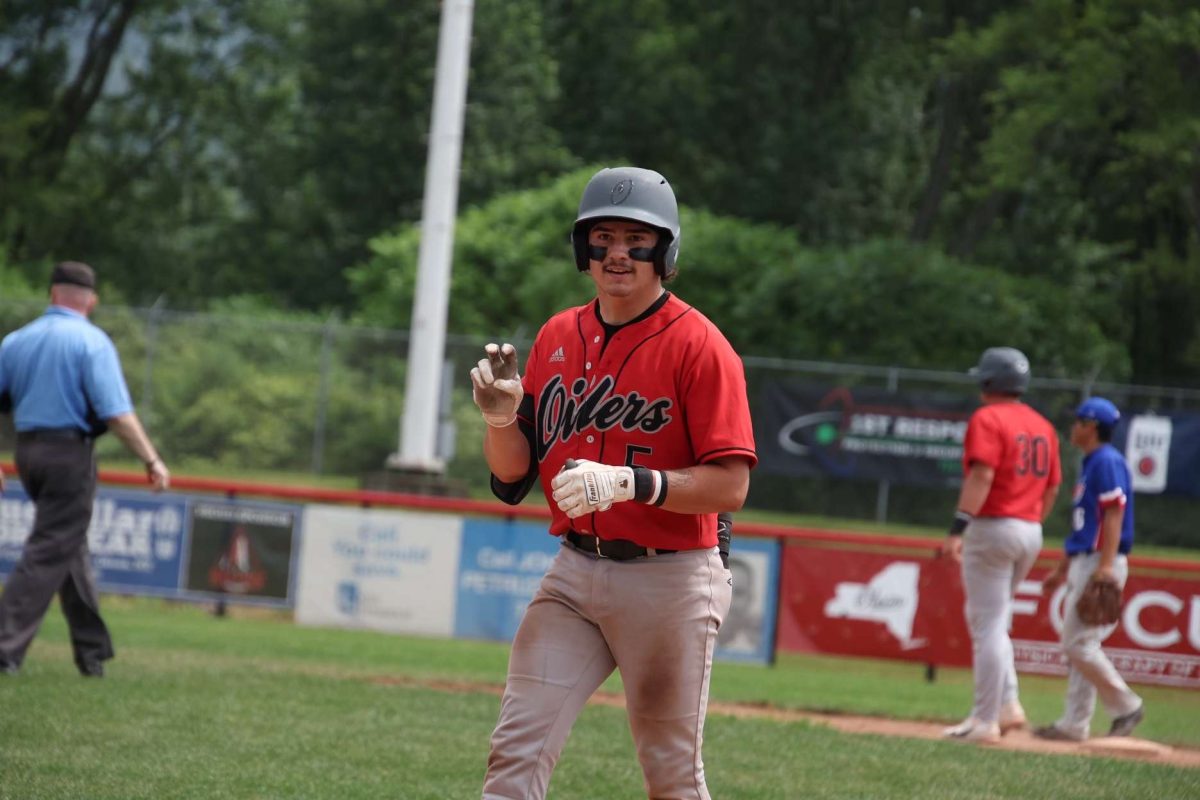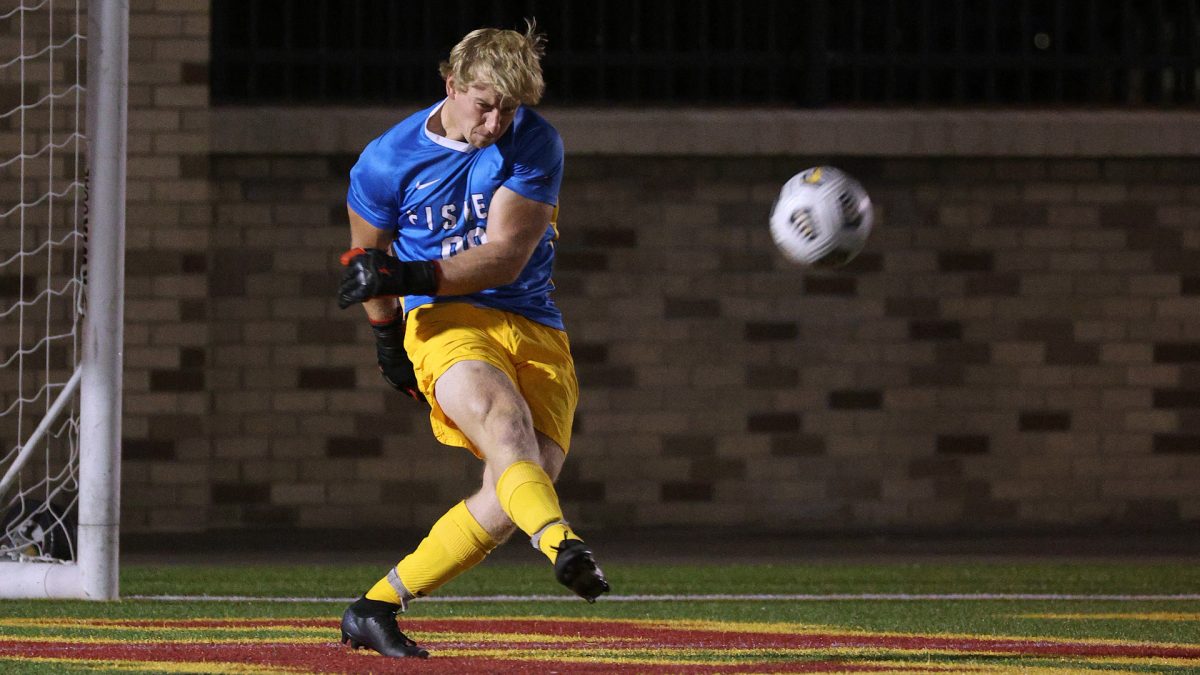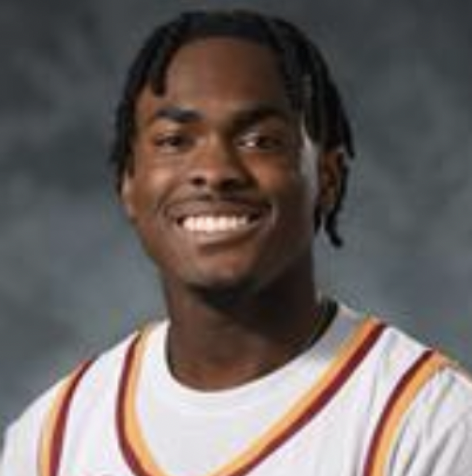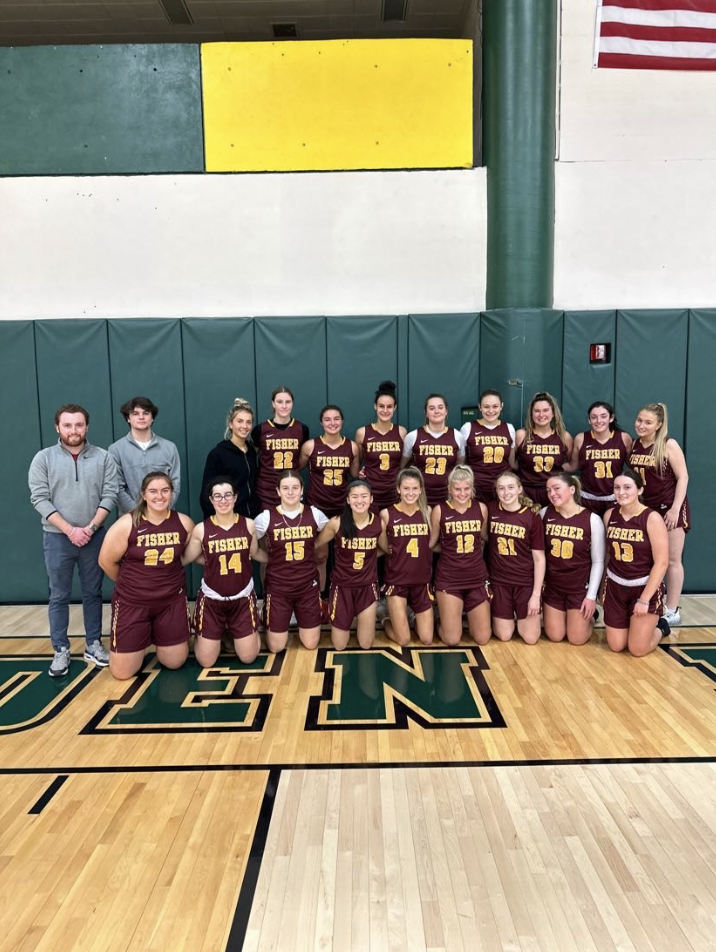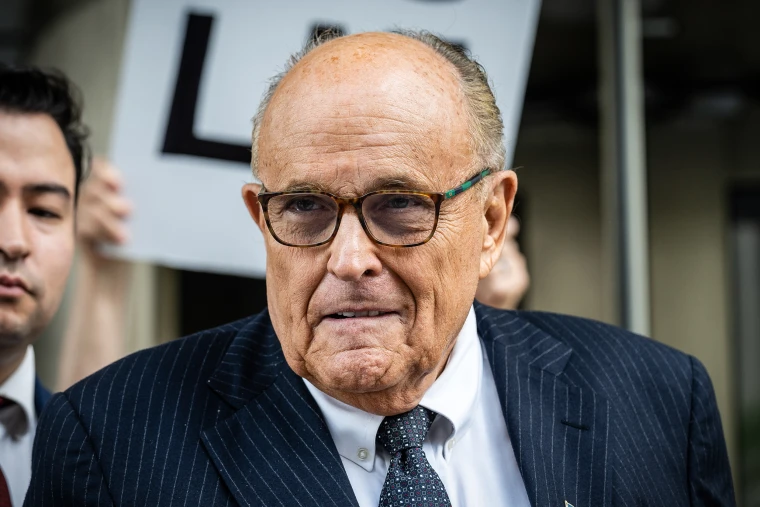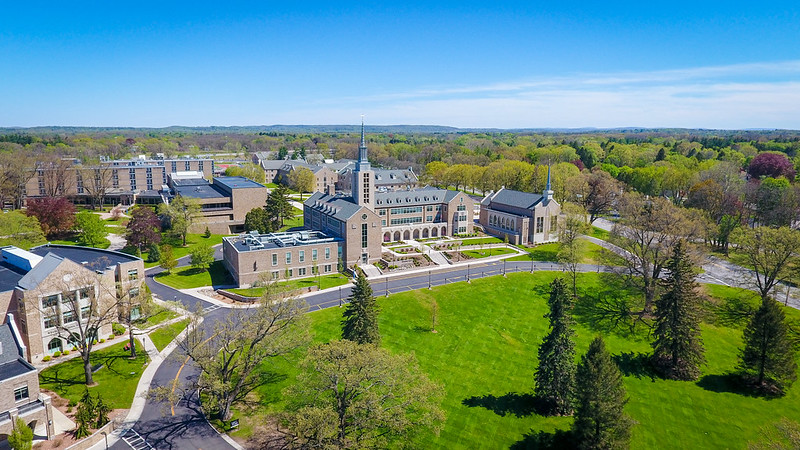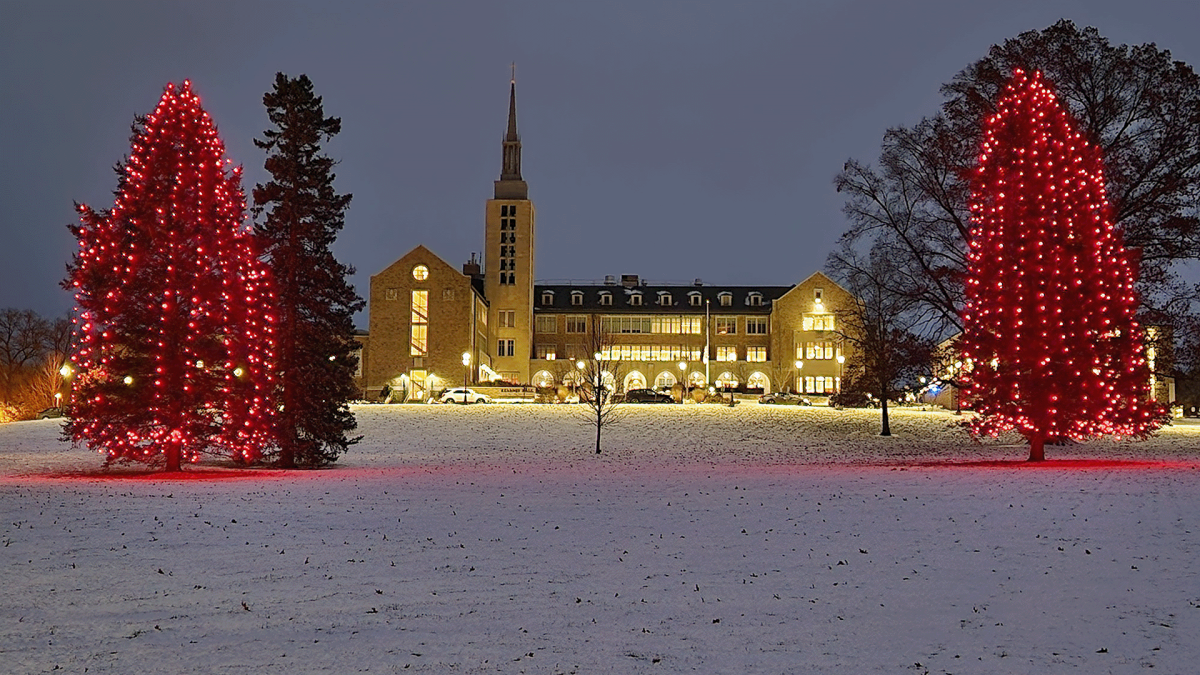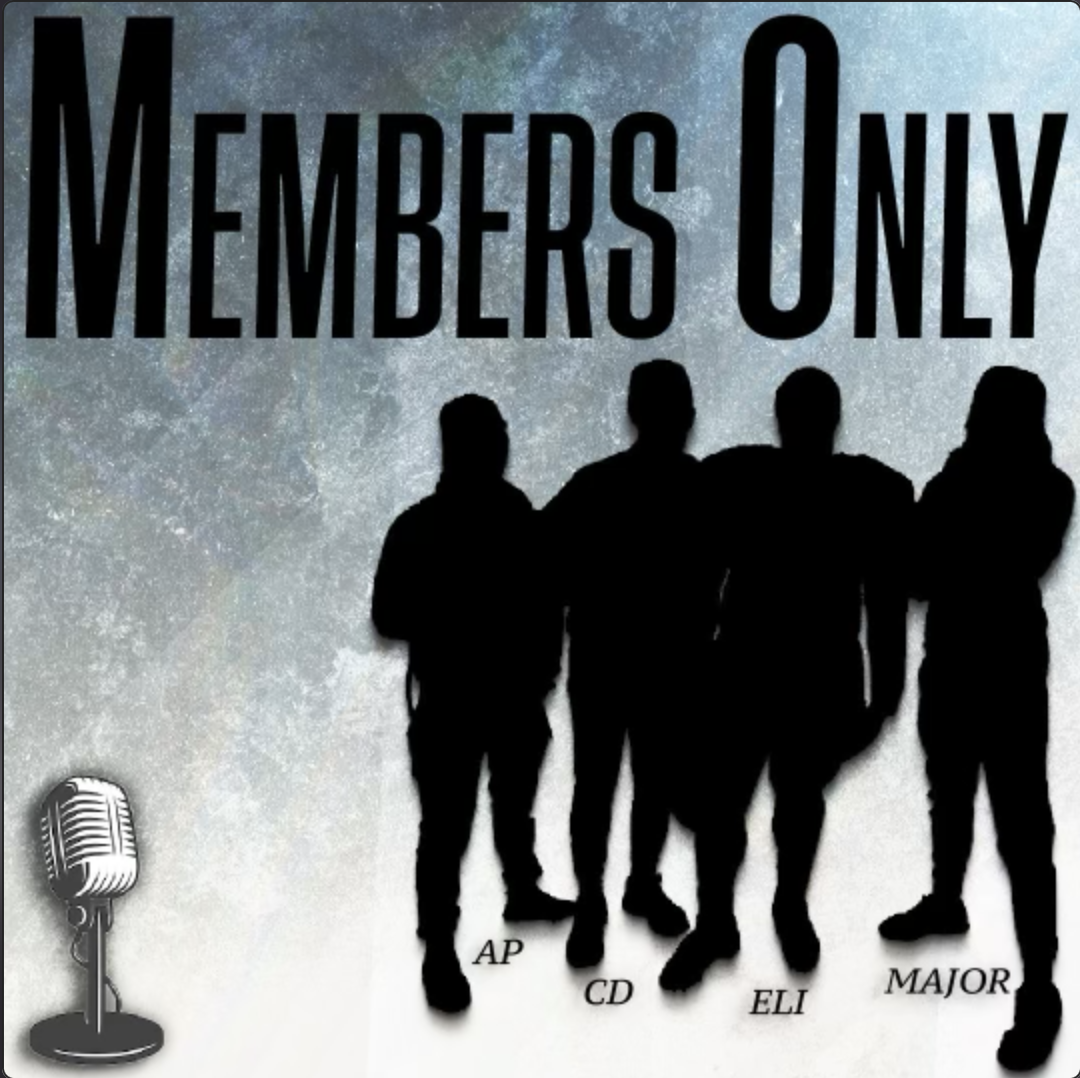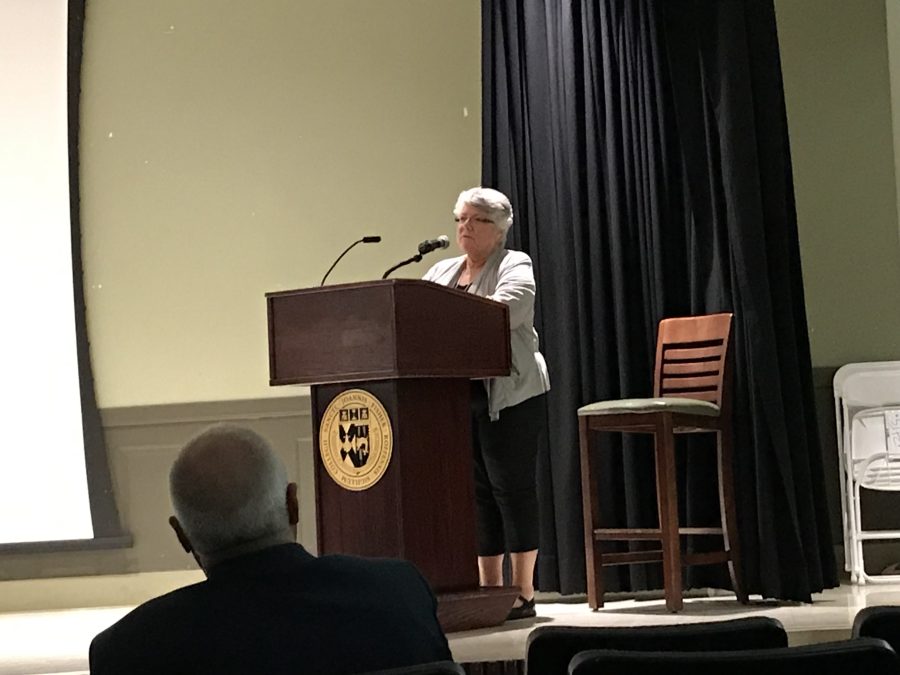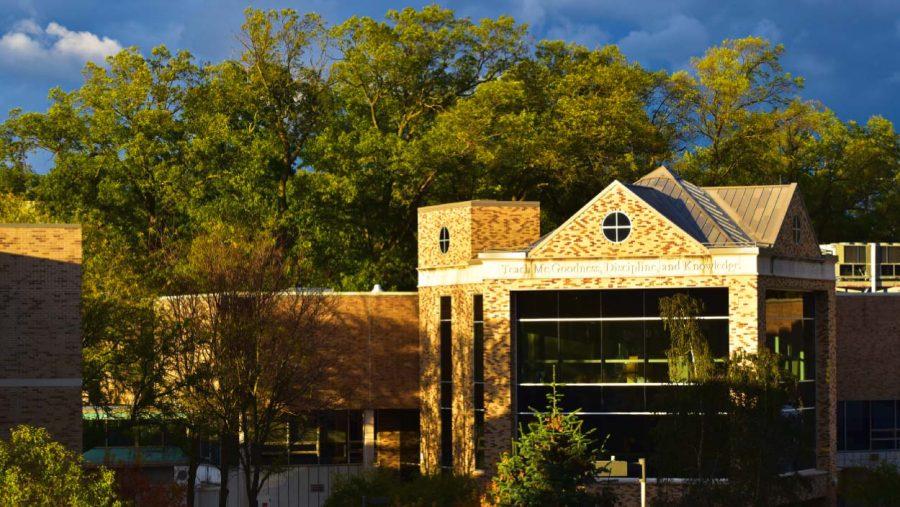By Sam Hopcia
On Wednesday, September 18, Dr. Sally Roesch Wagner discussed how two women ran for president in the 1880s, before women could vote. It was held from 6:30 p.m. to 8:30 p.m. in Basil 135. The Ralph Wilson School of Education hosted the event.
Dr. Michael Wischnowski, a professor and dean of the School of Education, said, “I think for us at the School of Education we saw this as an amazing opportunity for social studies, a way to look at history to look at government and to look at Women’s Studies. I just think it had a kind of universal appeal.”
Dr. Roesch Wagner is one of the first people to receive to a doctorate in Women’s Studies. She also is one of the first professors to teach college-level Women’s Studies courses in the United States. Wagner has spent the last 50 years teaching these courses across the country. She has written books about the history of women in America. Most recently, Wagner wrote a book titled, “The Women’s Suffrage Movement,” which is about the entire Women’s Suffrage Movement. Wanger said, “History isn’t what happened, it’s who tells the story.”

In her lecture, Wagner discussed the first two women presidential candidates in the 1800s in relation to the Women’s Suffrage Movement. She said, “We’re approaching an election year, it’s kind of fun to think about ‘has this ever happened before.’ And for most people there’s not a knowledge of women, two women in the 19th century before women could vote in federal elections running for president.”
The 100th anniversary of the constitutional amendment that gave women the right to vote will celebrated on August 4, 2020. Wagner said “One of the challenges I think we all face now is how do we find a way to tell a richer history. A history that really brings in voices and stories that have not been taught before, not been recognized before.”
The first woman who ran for president was named Victoria Woodhull. She was a newspaper editor who published articles that went against the common beliefs of the time. Woodhull exposed Henry Ward Beecher, a famous priest, for sexually assaulting the vice president of National Women’s Suffrage Association.

For this action, Woodhull went to jail because it was said to be in violation of the Comstock Acts, which stated that the government could censor anything that it deemed inappropriate. Her charges were dropped because the law did not say that the press could be censored. In 1871, Woodhull went to Congress to fight for the women’s right to vote.
Belva Lockwood was the second woman to run for president. Lockwood was a lawyer who represented women, which was not common at the time, and was an active member in the National Women’s Suffrage Association.

Lockwood also attempted to speak in front of the Supreme Court. She was denied this right because the judges on the court said she had no value under the law. In response, Lockwood persistently lobbied for a bill that granted equal pay to women in federal jobs. Eventually, the government passed the bill.
When Lockwood ran for president for the equal rights party, she was able to receive 4,149 of the popular votes in the election of 1982. She also won the entire number of electoral votes in the state of Indiana. During a speech that Lockwood gave on election night she said, “Reforms are slow, but they never go backwards.”
After the lecture, Wagner did a Q&A where she explained the difference between the American Women’s Suffrage Movement and the National Women’s Suffrage Association. The American Women’s Suffrage Movement was fighting for the women’s right to vote while the National Women’s Suffrage Association wanted equal rights for women in general. At the end of the event, Wagner went outside of Basil 135 for a book signing.

Members of the Rochester community, Fisher students and faculty, came to this event. Joe Marchese, a Fisher student, said “it’s part of our history that isn’t really taught at all, so it’s definitely is important and can definitely affect us in society moving forward.”
To learn more about Dr. Sally Roesch Wagner, her books and research, you can visit her website at https://sallyroeschwagner.com/.





